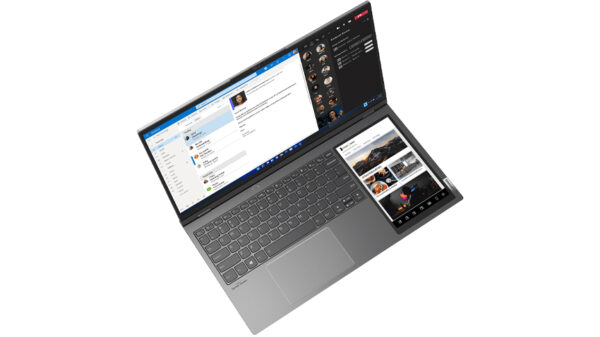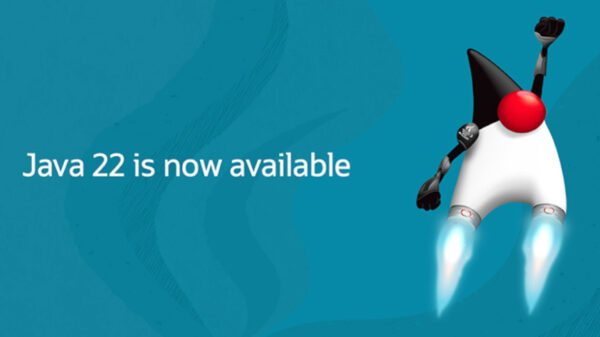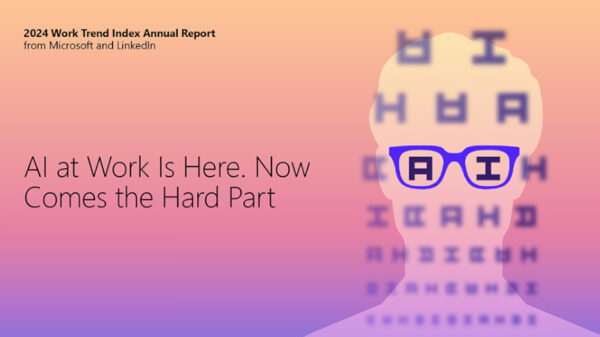Will this ever happen in the Philippines?
You wake up early because it’s election day. But instead of going to the nearest voting precinct, you log into your computer at home with your voter’s ID smartcard and start voting without any hassle. In a few minutes, you’re done. No long queues.
Sounds fun and easy but this setup could be vulnerable to massive cheating, especially in the Philippines where many politicians are hungry for power.
However, according to a new Atlantic Council study sponsored by McAfee now part of Intel Security, online voting and e-voting could become a larger part of the political process around the world but only if the right technologies and processes are implemented to ensure its security.
Many of the technologies that handle online financial transactions could be applied to make e-voting and online voting a reality in the future.
“As e-voting is coming on the agenda of governments across South East Asia, it is ever more important to consider the risks of online and e-voting to revolutionize democratic processes around the world,” said Wahab Yusoff, Vice President Southeast Asia, McAfee, Part of Intel Security.
In 2005, Estonia became the first country in the world to hold nationwide elections through an e-voting system, with voters logging in through a personal computer and voting with an application that required the voter’s ID smartcard and a unique pin number. The system has worked well, with more than a quarter of the Estonian population voting online.
E-voting has taken place successfully in other countries as well, including Australia, Brazil and France. India has installed more than 900,000 electronic voting machines that have saved money and helped their illiterate citizens vote.
“Online and e-voting are examples of how a greater emphasis on security could empower a new era in digital democracy,” said Michael DeCesare, president of McAfee. “Yet it will take more than technology to foster acceptance of online and e-voting; people need to have trust and confidence in the process. Pilot programs for local elections could be the route to earning public trust on a small scale. Once that trust begins to expand, we could start seeing online and e-voting’s benefits – from increased voter turnout to more efficient elections.”
Online and e-voting are not currently widely implemented because of technical barriers that have been hard to overcome, and it still has relatively low public acceptance. Unlike financial hacks, lost votes cannot be regained, and electronic intrusions could alter previously cast votes to change the results of an election. But with the right, carefully chosen security considerations, online and e-voting could become more widespread.
The Atlantic Council researchers noted that cryptography, strong access control enabled by biometrics and securely written software could ensure the safety of votes cast online and the integrity of the system. Along with these security considerations, online and e-voting could become more popular as young people who have grown up with the internet become older.
“It’s been fascinating to dive into case studies, like Estonia, and the theoretical research around this subject,” said Jason Healey, director of the Atlantic Council’s Cyber Statecraft Initiative. “Online and e-voting’s potential in terms of reach, access and participation has the chance to revolutionize the democratic process, but there are a series of serious risks that will have to be mitigated. But Estonia has shown that it is possible, and we hope that our recommendations for a path forward will generate more discussions and trials.”











































































































